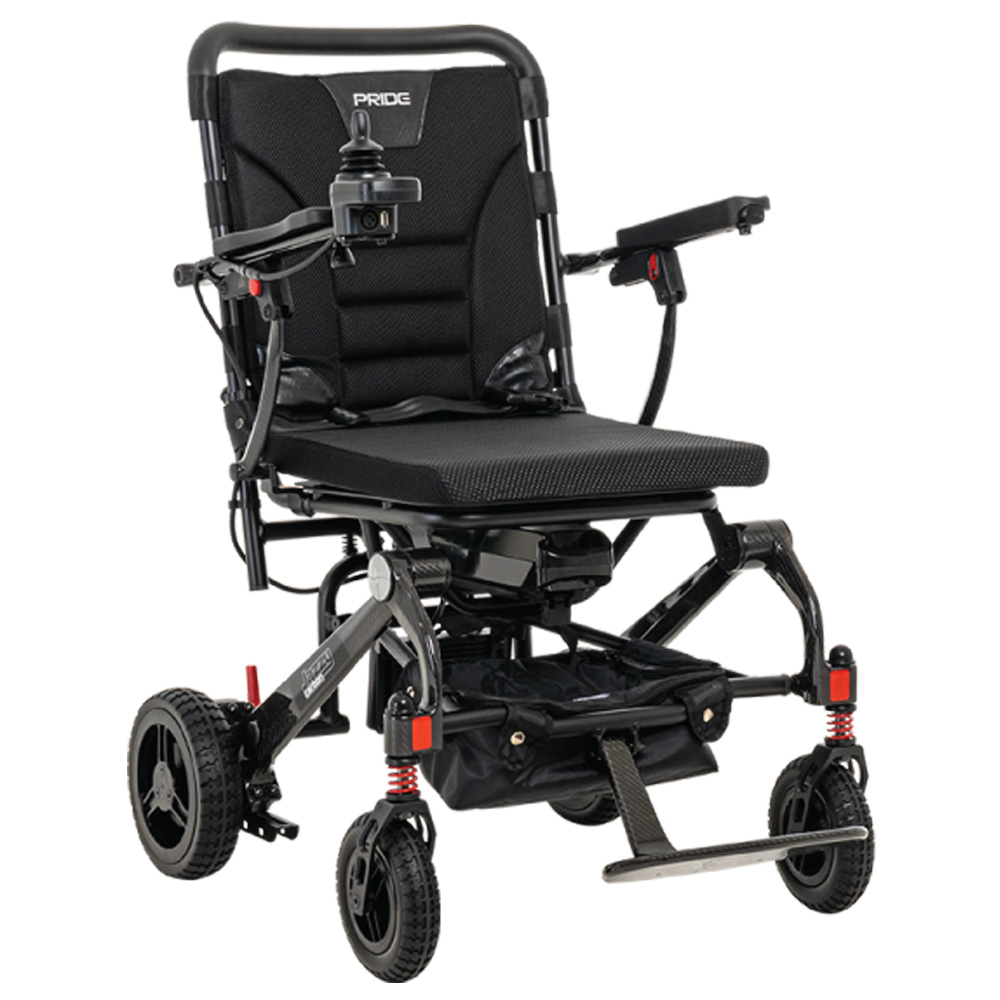Mobility devices play a crucial role in enhancing the quality of life for individuals with mobility challenges. From wheelchairs to mobility scooters and custom prosthetics, these aids provide users with the freedom and independence to navigate their world more effectively. This article delves into the profound impact of mobility devices on users’ lives through inspiring stories of resilience, determination, and triumph.
Regaining Independence with Wheelchairs
For many individuals, wheelchairs are more than just a means of transportation; they are a lifeline to independence. Take the story of John, a 30-year-old man who suffered a spinal cord injury in a car accident. Prior to his injury, John was an active outdoorsman, frequently hiking and camping with friends. The accident left him paralyzed from the waist down, but it did not dampen his spirit. With the help of a power wheelchair, John was able to return to his favorite outdoor activities. The advanced features of his wheelchair, including off-road capabilities and long battery life, allowed him to explore nature trails and participate in community events. John’s story highlights how wheelchairs can restore a sense of normalcy and adventure to those facing mobility challenges. Discover how lightweight electric wheelchairs can enhance your quality of life through inspiring user stories.
Enhancing Social Engagement with Mobility Scooters
Social isolation is a common issue for individuals with mobility impairments. Mobility scooters, however, offer a practical solution to this problem. Emily, a retiree with arthritis, experienced significant pain and difficulty walking, which led to her withdrawal from social activities. Her mobility scooter transformed her life, enabling her to visit friends, attend church services, and participate in community events. The scooter provided her with the confidence and physical ability to engage socially, thereby improving her mental health and overall well-being. Emily’s experience underscores the importance of mobility scooters in promoting social inclusion and mental health among seniors.
Custom Prosthetics: Redefining Possibilities
Custom prosthetics have revolutionized the lives of many individuals, allowing them to pursue their passions and dreams. Sarah, an avid runner, lost her leg in a motorcycle accident. The loss was devastating, but Sarah was determined not to let it define her. With the help of a custom prosthetic leg designed specifically for running, she resumed her training and went on to compete in marathons. Her story is a testament to how adaptive technology can not only restore physical capabilities but also empower individuals to exceed their previous limits. Sarah’s journey showcases the transformative power of custom prosthetics in redefining what is possible for individuals with limb loss.
Improving Daily Functionality with Assistive Devices
Everyday tasks can be daunting for individuals with mobility challenges, but assistive devices are designed to make life easier. James, a senior with Parkinson’s disease, found it increasingly difficult to perform simple tasks like cooking and dressing. Adaptive devices, such as specially designed kitchen utensils and dressing aids, have greatly improved his daily functionality. These tools have enabled James to maintain his independence at home, reducing his reliance on caregivers and boosting his self-esteem. His story highlights the significant role that assistive devices play in enhancing daily life and preserving independence for individuals with mobility impairments.
Overcoming Stigma and Building Confidence
Mobility devices not only improve physical capabilities but also help in overcoming societal stigma. Maria, a young woman with multiple sclerosis, initially felt self-conscious about using a mobility aid. However, as she began to use her mobility scooter, she noticed a positive shift in her confidence and self-image. The scooter allowed her to attend college and pursue her career goals without feeling limited by her condition. Maria’s experience emphasizes the importance of mobility devices in empowering individuals to overcome societal prejudices and lead fulfilling lives.
Conclusion
The stories of John, Emily, Sarah, James, and Maria illustrate the profound impact that mobility devices have on the quality of life for individuals with mobility challenges. These devices restore independence, enhance social engagement, redefine possibilities, improve daily functionality, and build confidence. By sharing these inspiring stories, we can better understand the crucial role that mobility aids play in transforming lives and fostering a more inclusive society.
FAQs
- How do mobility devices improve the quality of life for users?
Mobility devices significantly enhance the quality of life by providing independence, allowing individuals to perform daily activities without relying on others. They help users maintain their social lives, participate in community activities, and improve their overall physical and mental well-being.
- Can you share some success stories of individuals using mobility devices?
Yes, many individuals have shared their positive experiences with mobility devices. For instance, a woman with multiple sclerosis regained her freedom to travel and socialize using an electric wheelchair. Another user, a veteran, found that a mobility scooter enabled him to enjoy outdoor activities with his grandchildren again, improving his mental health and family relationships.
- What types of mobility devices are most impactful for users?
The impact of mobility devices varies depending on individual needs. Commonly, wheelchairs (both manual and electric), mobility scooters, walkers, and canes are highly beneficial. Each device offers unique features tailored to different levels of mobility and specific conditions, providing tailored support to enhance users’ lives.
- How do users adapt to using mobility devices in their daily routines?
Users typically adapt to mobility devices through practice and support. Initial adjustments might include learning to maneuver the device safely, understanding its maintenance, and integrating it into their daily activities. Rehabilitation professionals and support groups can provide valuable guidance during this transition, making the process smoother and more manageable.
- What are some challenges users face with mobility devices, and how do they overcome them?
Users may face challenges such as accessibility issues, device maintenance, and the psychological impact of using a mobility aid. Overcoming these challenges involves advocacy for better accessibility, regular maintenance routines, and seeking emotional support from peers, family, or professional counselors. Personal stories often highlight resilience and the innovative ways individuals adapt their environments to better suit their mobility needs.





